The three-dimensional genome organization of Drosophila melanogaster through data integration
- PMID: 28760140
- PMCID: PMC5576134
- DOI: 10.1186/s13059-017-1264-5
The three-dimensional genome organization of Drosophila melanogaster through data integration
Abstract
Background: Genome structures are dynamic and non-randomly organized in the nucleus of higher eukaryotes. To maximize the accuracy and coverage of three-dimensional genome structural models, it is important to integrate all available sources of experimental information about a genome's organization. It remains a major challenge to integrate such data from various complementary experimental methods. Here, we present an approach for data integration to determine a population of complete three-dimensional genome structures that are statistically consistent with data from both genome-wide chromosome conformation capture (Hi-C) and lamina-DamID experiments.
Results: Our structures resolve the genome at the resolution of topological domains, and reproduce simultaneously both sets of experimental data. Importantly, this data deconvolution framework allows for structural heterogeneity between cells, and hence accounts for the expected plasticity of genome structures. As a case study we choose Drosophila melanogaster embryonic cells, for which both data types are available. Our three-dimensional genome structures have strong predictive power for structural features not directly visible in the initial data sets, and reproduce experimental hallmarks of the D. melanogaster genome organization from independent and our own imaging experiments. Also they reveal a number of new insights about genome organization and its functional relevance, including the preferred locations of heterochromatic satellites of different chromosomes, and observations about homologous pairing that cannot be directly observed in the original Hi-C or lamina-DamID data.
Conclusions: Our approach allows systematic integration of Hi-C and lamina-DamID data for complete three-dimensional genome structure calculation, while also explicitly considering genome structural variability.
Keywords: 3D genome structure; Data integration; Drosophila melanogaster; Heterochromatin; Hi-C; Higher order genome organization; Homologous pairing; Lamina-DamID; Population-based modeling.
Conflict of interest statement
Ethics approval and consent to participate
Not applicable.
Competing interests
The authors declare that they have no competing interests.
Publisher’s Note
Springer Nature remains neutral with regard to jurisdictional claims in published maps and institutional affiliations.
Figures
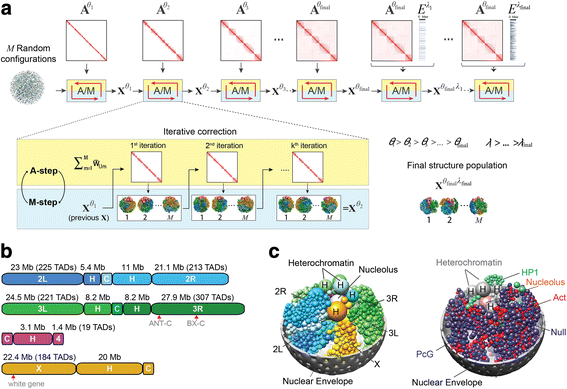
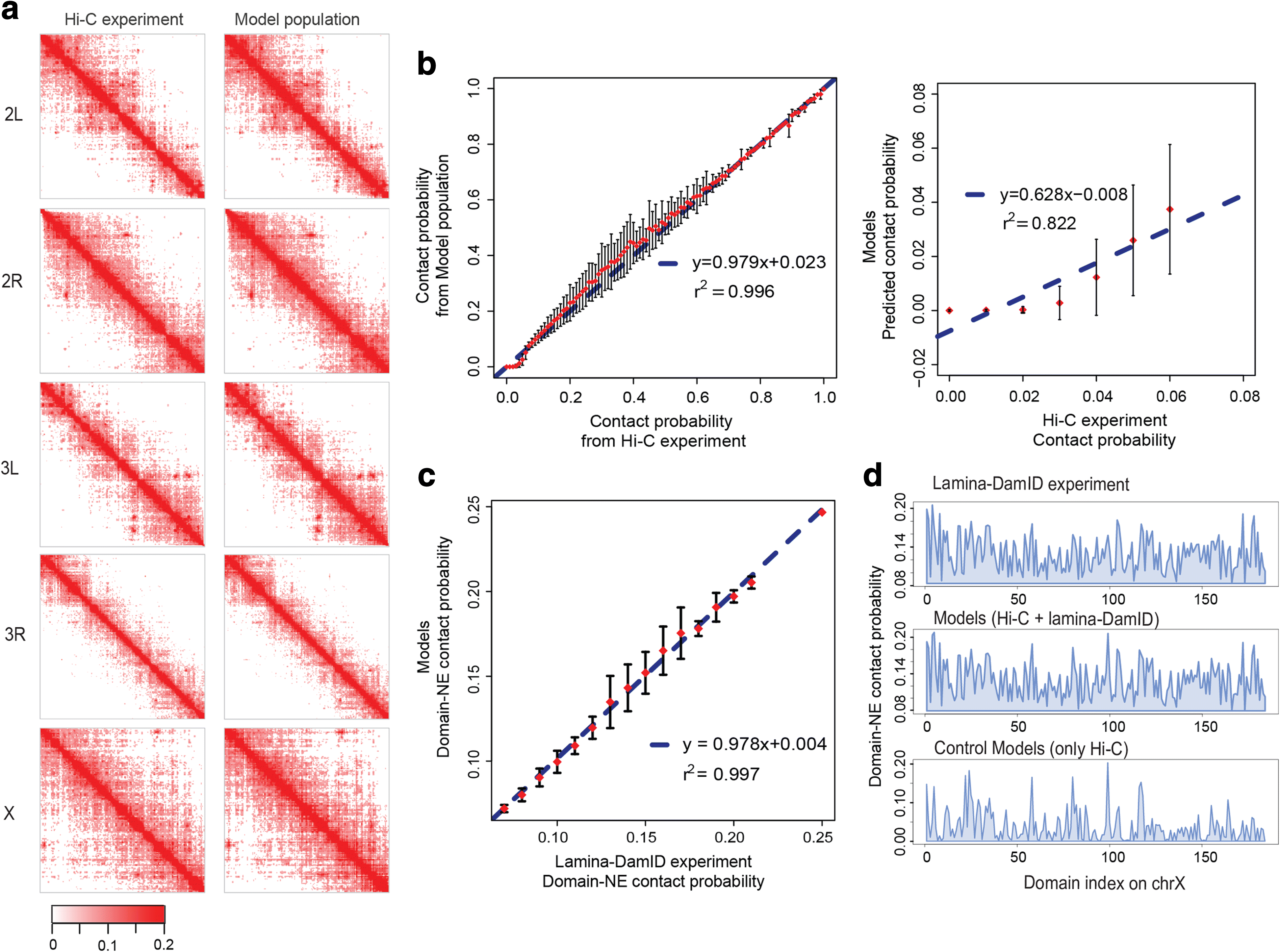
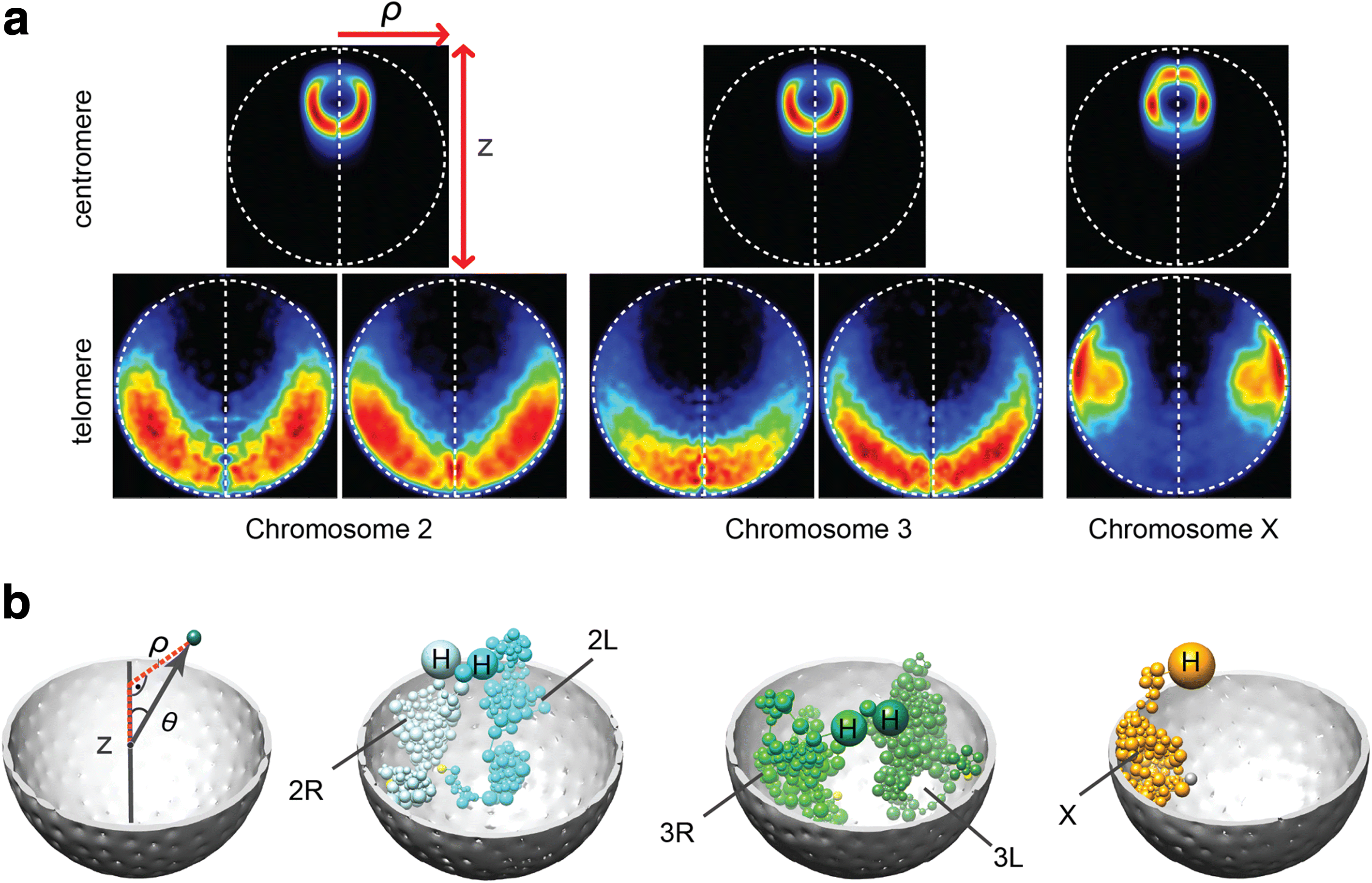
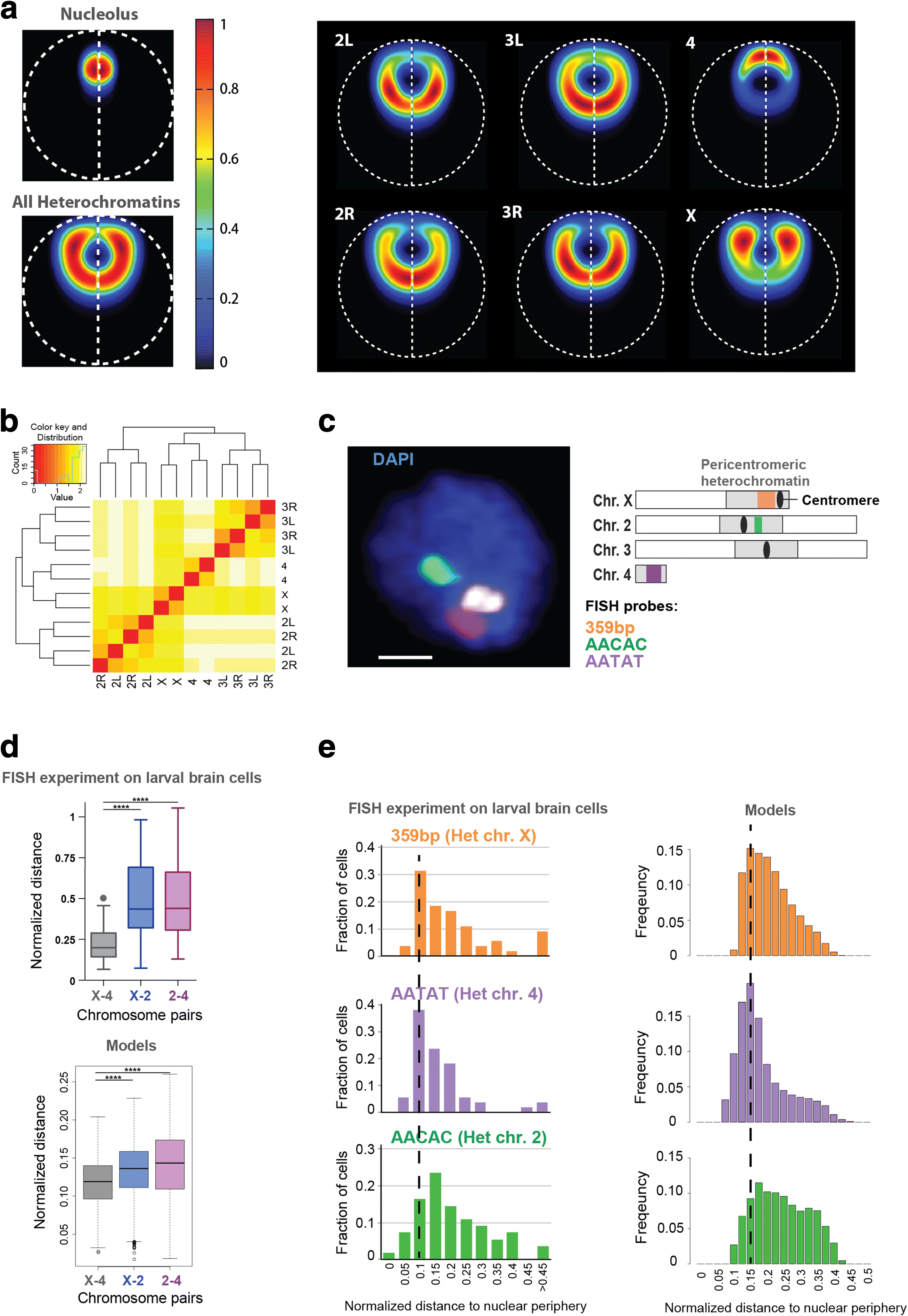
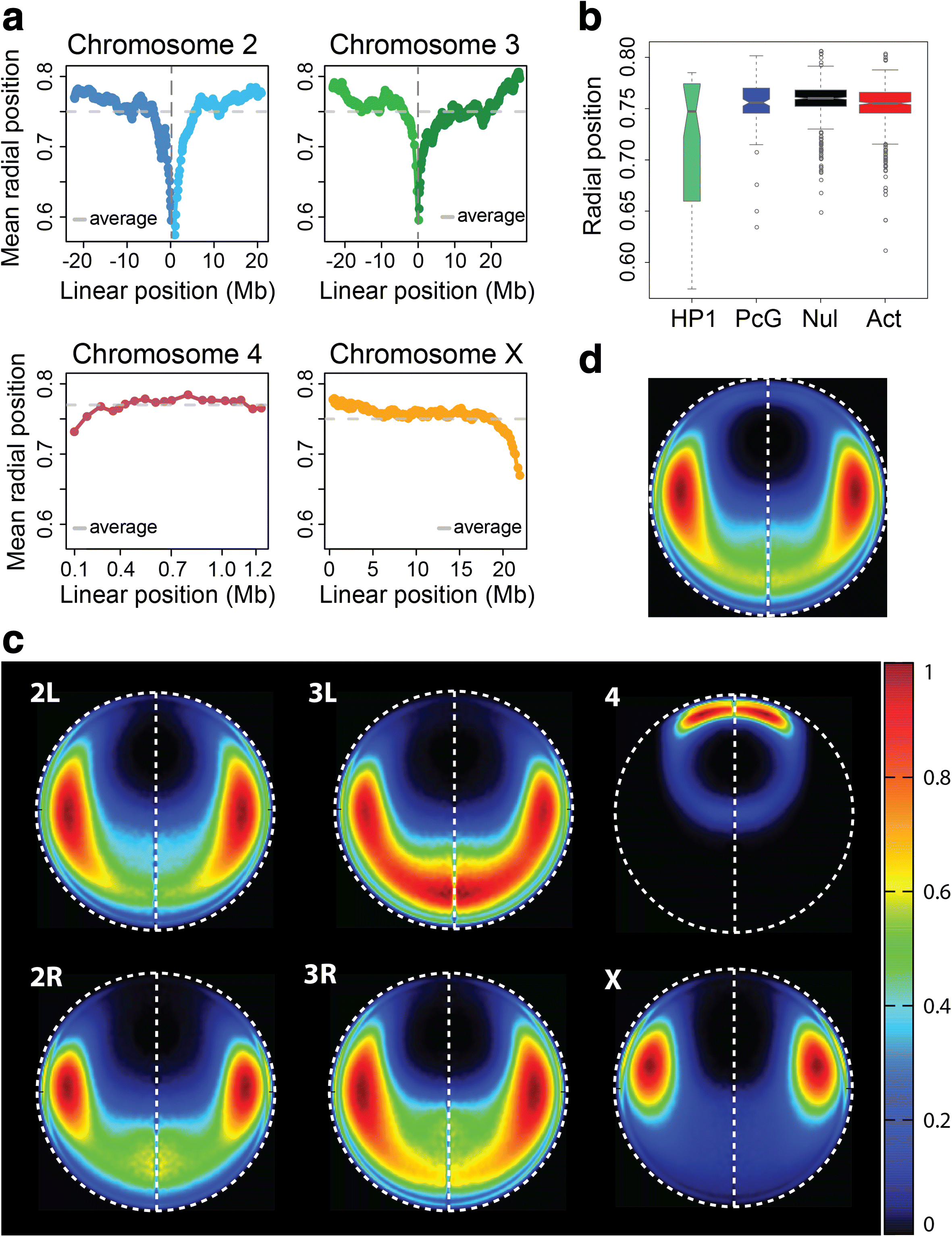
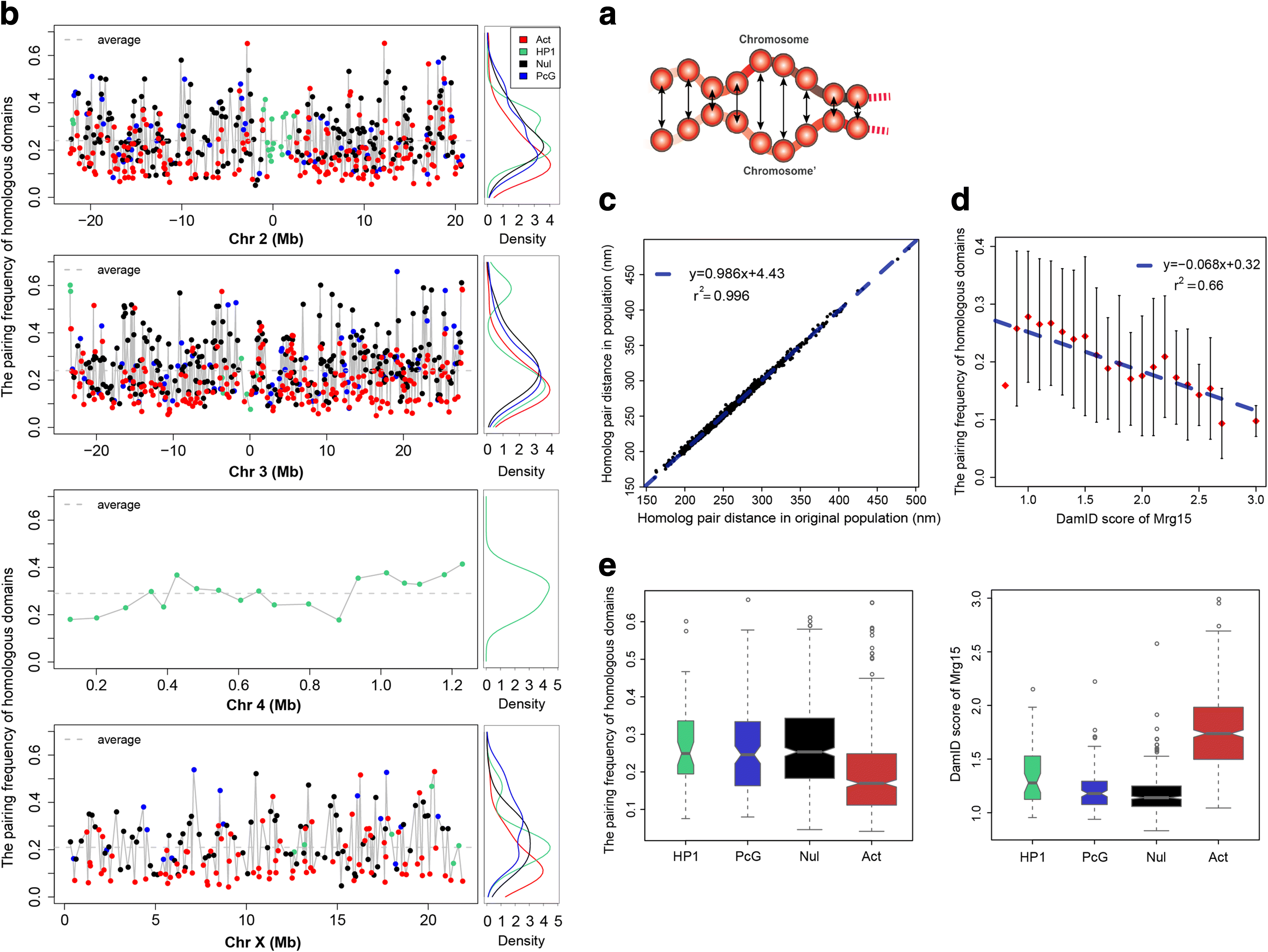
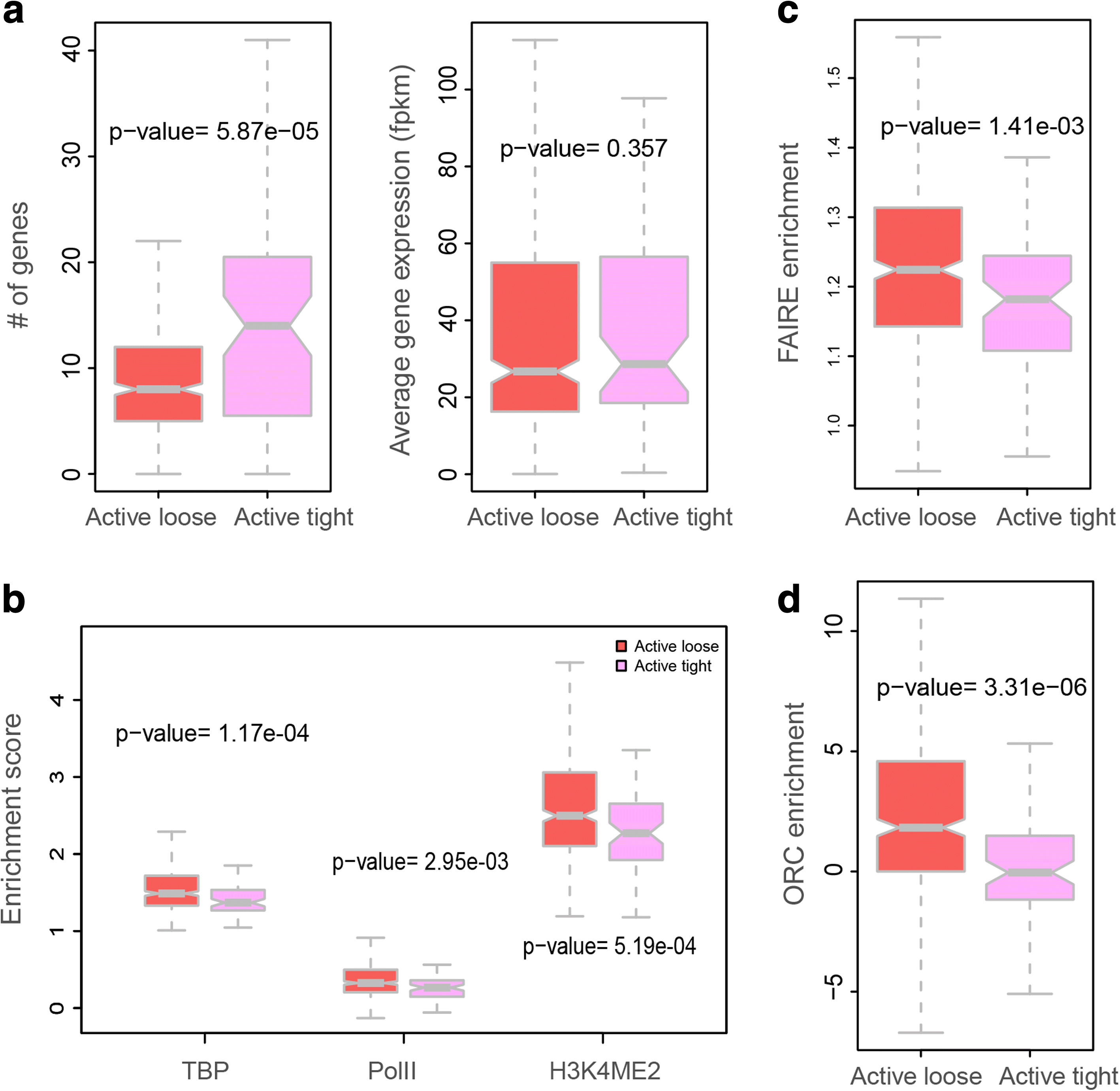
Similar articles
-
HP1 drives de novo 3D genome reorganization in early Drosophila embryos.Nature. 2021 May;593(7858):289-293. doi: 10.1038/s41586-021-03460-z. Epub 2021 Apr 14. Nature. 2021. PMID: 33854237 Free PMC article.
-
Sub-kb Hi-C in D. melanogaster reveals conserved characteristics of TADs between insect and mammalian cells.Nat Commun. 2018 Jan 15;9(1):188. doi: 10.1038/s41467-017-02526-9. Nat Commun. 2018. PMID: 29335463 Free PMC article.
-
The genome-wide multi-layered architecture of chromosome pairing in early Drosophila embryos.Nat Commun. 2019 Oct 3;10(1):4486. doi: 10.1038/s41467-019-12211-8. Nat Commun. 2019. PMID: 31582744 Free PMC article.
-
Multi-Scale Organization of the Drosophila melanogaster Genome.Genes (Basel). 2021 May 27;12(6):817. doi: 10.3390/genes12060817. Genes (Basel). 2021. PMID: 34071789 Free PMC article. Review.
-
Intercalary heterochromatin in polytene chromosomes of Drosophila melanogaster.Chromosoma. 2008 Oct;117(5):411-8. doi: 10.1007/s00412-008-0163-7. Epub 2008 May 20. Chromosoma. 2008. PMID: 18491121 Review.
Cited by
-
Nuclear Actin Dynamics in Gene Expression, DNA Repair, and Cancer.Results Probl Cell Differ. 2022;70:625-663. doi: 10.1007/978-3-031-06573-6_23. Results Probl Cell Differ. 2022. PMID: 36348125 Free PMC article.
-
Insulator-based loops mediate the spreading of H3K27me3 over distant micro-domains repressing euchromatin genes.Genome Biol. 2020 Aug 3;21(1):193. doi: 10.1186/s13059-020-02106-z. Genome Biol. 2020. PMID: 32746892 Free PMC article.
-
Revealing Gene Function and Transcription Relationship by Reconstructing Gene-Level Chromatin Interaction.Comput Struct Biotechnol J. 2019 Jan 31;17:195-205. doi: 10.1016/j.csbj.2019.01.011. eCollection 2019. Comput Struct Biotechnol J. 2019. PMID: 30828411 Free PMC article.
-
Nuclear position modulates long-range chromatin interactions.PLoS Genet. 2022 Oct 7;18(10):e1010451. doi: 10.1371/journal.pgen.1010451. eCollection 2022 Oct. PLoS Genet. 2022. PMID: 36206323 Free PMC article.
-
Computational methods for analyzing and modeling genome structure and organization.Wiley Interdiscip Rev Syst Biol Med. 2019 Jan;11(1):e1435. doi: 10.1002/wsbm.1435. Epub 2018 Jul 18. Wiley Interdiscip Rev Syst Biol Med. 2019. PMID: 30022617 Free PMC article. Review.
References
-
- Peric-Hupkes D, Meuleman W, Pagie L, Bruggeman SW, Solovei I, Brugman W, Graf S, Flicek P, Kerkhoven RM, van Lohuizen M, et al. Molecular maps of the reorganization of genome-nuclear lamina interactions during differentiation. Mol Cell. 2010;38:603–13. doi: 10.1016/j.molcel.2010.03.016. - DOI - PMC - PubMed
-
- Lieberman-Aiden E, van Berkum NL, Williams L, Imakaev M, Ragoczy T, Telling A, Amit I, Lajoie BR, Sabo PJ, Dorschner MO, et al. Comprehensive mapping of long-range interactions reveals folding principles of the human genome. Science. 2009;326:289–93. doi: 10.1126/science.1181369. - DOI - PMC - PubMed
Publication types
MeSH terms
Substances
Grants and funding
LinkOut - more resources
Full Text Sources
Other Literature Sources
Molecular Biology Databases
Research Materials

